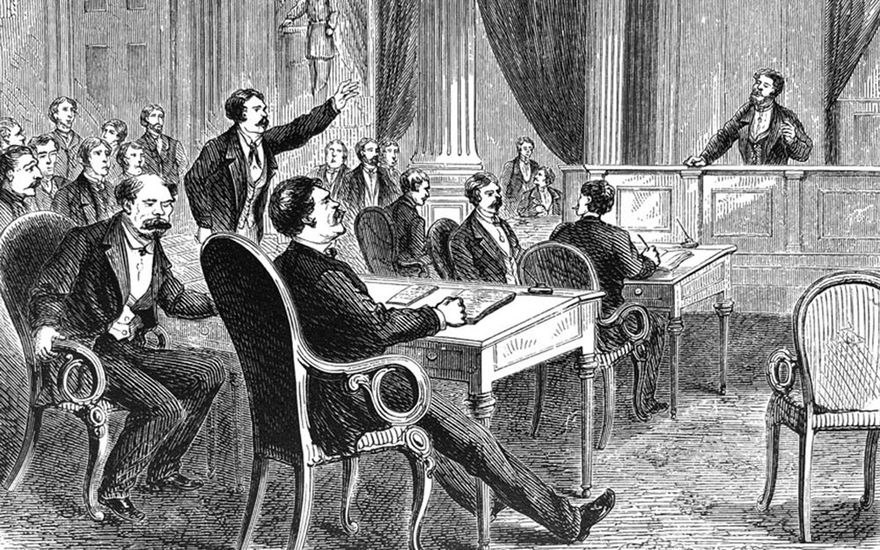
MARKET UPDATE
The S&P 500 hesitated at the 50-day moving average last week before pushing decisively higher and ending the week at 2671. The S&P 500 has gained almost 14% since the Dec. 24 low, the type of oversold bounce that is more typical of a bear market rally than a lasting advance based on good underlying economic fundamentals. It is certainly possible that a longer-term bottom is in place, but the rapidity of the advance increases the likelihood of a retest of the December low. If the S&P 500 can hold the 50-day moving average over the next week or so, then we might well see traders push the market higher in an effort to retake the 200-day moving average at around 2740. On the other hand, if profit taking sets in during the coming week, we will see whether the 50-day moving average provides support or whether selling increases, taking the S&P 500 down to support at 2600 or even lower. We continue to think a retest of the Dec. 24 low is likely in the coming weeks or months, perhaps due to selling precipitated by the uncertainty surrounding the government shut down, the debt ceiling deadline, and/or the China trade deal deadline, both approaching on March 1, or the Brexit deadline on March 29 – all potential real-world catalysts for a resumption of selling by traders.
MARKET RISK AND INVESTING
Well, see the last sentence of the Market Update, but also understand that those are short-term catalysts for short-term market movements. Trading is a zero-sum game best left to professionals who use the moving averages, Fibonacci numbers, and a cornucopia of technical analysis tools in an attempt to divine short-term market direction. Investors, on the other hand, shouldn’t base investment decisions on anything other than longer-term fundamentals, such as earnings and interest rates, and the prices they pay for the companies in which they invest – which brings us to the Federal Reserve.
Chairman Powell is widely considered to have flip-flopped on Jan. 4 during an appearance he made along with former Chairs Bernanke and Yellen. Specifically, he let investors know that the Fed would be flexible on policy and that it is in no hurry to raise interest rates. Of course, this is the same man who spooked investors in December when he mentioned that the Fed’s balance sheet wind-down was on “autopilot”, reportedly leaving investors with the impression that the Fed was being too rigid with policy.
Got all that? Okay great, but understand that the buying and selling based on the most recent Rorschach test of Fed speak is also all short-term noise. Where’s the signal? The signal is what the Federal Reserve actually does. Currently, they are raising the Federal Funds rate and will continue to do so as long as labor markets remain tight and the economy continues to grow at the upper end of its sustainable rate. Raising the Federal Funds rate increases the cost of money, which will reduce economic activity eventually. What else is the Federal Reserve actually doing? It is shrinking its balance sheet by $50 billion per month, or $600 billion annually, which is also causing the cost of money to rise. Historically, the Federal Reserve has continued to raise rates until something breaks. It has a very poor track record of stopping a tightening cycle in time to orchestrate an economic slowdown without causing an outright recession. The odds favor the Federal Reserve pushing us into a recession this time as well, likely in the back half of this year, or first half of next year. Regardless of timing, the recession is still in front of us.











